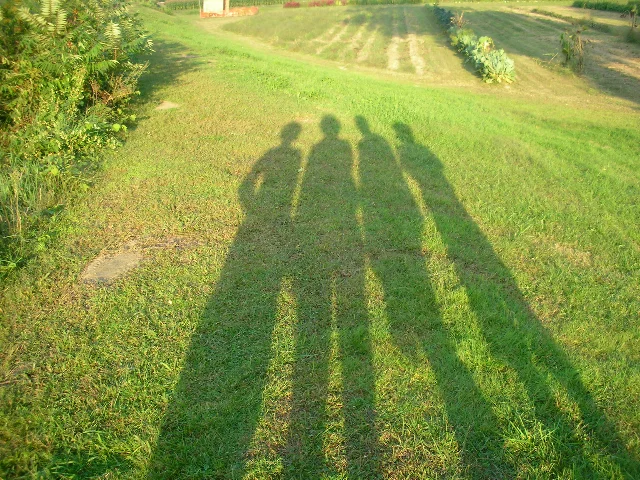The Nail in the Tree: Essays on Art, Violence, and Childhood
Tupelo Press 2020

The Nail in the Tree: Essays on Art, Violence, and Childhood
Tupelo Press 2020
The Nail in the Tree by Carol Ann Davis narrates the author’s experience of raising two sons in Sandy Hook, CT, on the day of and during the aftermath of the shooting there, utilizing her experience of poetry and visual art to contextualize her own parenting within a broader history of violence. Part memoir, part art-historical treatise, these meditations lead her to explore crucial subjects, including whether childhood can itself be both violent and generative, the possibility of the integration of trauma into daily life and artistic practice, and the role of the artist. Unwilling to accept the truism that “everything happens for a reason,” Davis follows the entanglements of larger traumatic events into their minutest relationship to individuals; in doing so, she seeks agency both for her children and for any person who, by the accident of histories—of war, gun violence, the holocaust, the Armenian genocide—faces beloved childhood striated with trauma.
Carol Ann is happy to speak/Skype/Zoom with you! Download a free reader’s Guide here.
Listen to the playlist Carol Ann compiled to accompany the book at largeheartedboy.com. Link is here.
Listen to an interview on the Yale Radio Hour. Link is here.
Tupelo Press 2011
Like the bound collection of maps for which the book is named, the poems in Atlas Hour outline and delineate the borders of thought about subjects as seemingly unconnected as art, suffering, parenthood, language, and faith. Inside these poem-maps, images serve as legends, and descriptions of the paint on the brush or the words of a saint form borders, and each point on the map leads one deeper into that hour of contemplation reserved for secret, intimate address with oneself. What’s found is a terra incognita of the intellect and the heart; the poet is no more guide than fellow traveler, one who notices the wind on the neck or notes the bells that toll the hour of departure.
In the face of the bounteous disorder that accumulates from acute observation, a disorder of that-which-cannot-be-mapped, the noting of detail begins to take on the cast of spiritual practice, so that a faith in the accretion of detail is central to the way in which the book accumulates meaning—perhaps this is the only kind of faith that survives the confrontations with genocide, torture, and suicides that must take place in the hour before the school bus arrives or on the dusk walk home from the pool. The sense that these events are in some way simultaneous and interconnected—that each of us is both the angel and the devil in the painting—haunts not just the poems describing medieval illuminations but also the “useless hours” a family spends flying a kite. The poet’s efforts at ordering lead to the revelation that “disorder’s me, I’m the object turning in the light.” It turns out each of us, reader, writer, poet, child, artist, is that object turning in the light of perception and language both.
“This triangular figure — a body or shape, a lens or opening, and the ineffable — informs every startling poem in Atlas Hour, whether its subject is a painting, a domestic scenario, or a motion of atonement, redemption, and forgiveness.”

Tupelo Press, 2007
By way of a narrative arc, Psalm is a collection of poems that takes the poet from her father’s death to her son’s birth. In between are all the elements of the imagination: faith, art, music, culture. This world expands to include Vermeer’s nuns, Cornell on a bike ride on the Brooklyn promenade and the sound of Django Reinhardt all simultaneous to her son’s cries, his presence. The poet moves forward inside and then away from grief. Her lyric poems begin to furnish the afterlife, even as they do the time before birth.
“There is a sad pageant going on in these poems, one that breaks your heart. And then gives you your life back all over again.”
Read more about Psalm at Tupelo Press